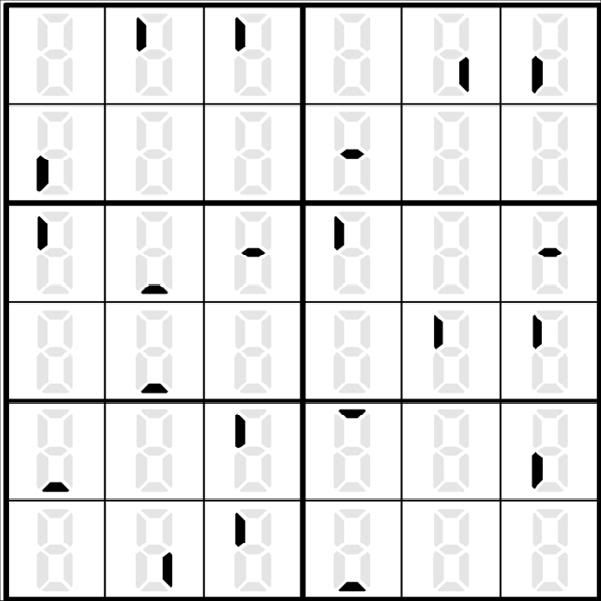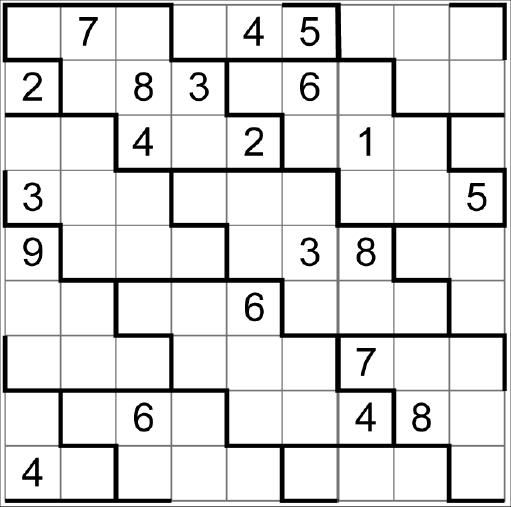dukuso wrote:you could just as well argue, that puzzles which can be solved by applying only some basic rules is just a tedious exercise of finding numbers and applying these rules again and again, without any own creativity.
That would be an example of what I just referred to -- puzzles solvable by purely logical methods
with no need for blind T&E, which happen, however, to be unsuitably tedious for Wayne's intended audience (e.g. methods using various types of "implication chains"). Such a method does not become other than deductive logic just because it's tedious to use.
dukuso wrote:If OTOH these rules are not sufficient, you'll have to come up with some own ideas. This could be: trying to put some number into some cell, seeing how far you can go, maybe wiping it out later when you reach some inconsistency.
Thats' a straw man in this case, though, since I'm referring here only to purely logical methods that do not require blind T&E.
dukuso wrote:This is, what makes the puzzle interesting IMO, and not just how fast you can find the next placement by "mechanically" applying some rules.
I agree, but I'm trying to keep a focus on the class of puzzles solvable by purely logical methods with no blind T&E. In fact it could often happen with non-trivial puzzles that
after one makes a blind guess a pattern-based deduction is spotted which makes it clear that the guess was not required -- a more-thorough pattern-search would have avoided it.
The kind of puzzles that require a lot of "logical tedium with no blind T&E" are often, for many people, redeemed by the beauty of the deeper logical structures they exhibit -- structures that are not possible if the tedium level is set too low. But that's simply a different audience than the one Wayne seems to intend. (All this is just imho, of course.)



